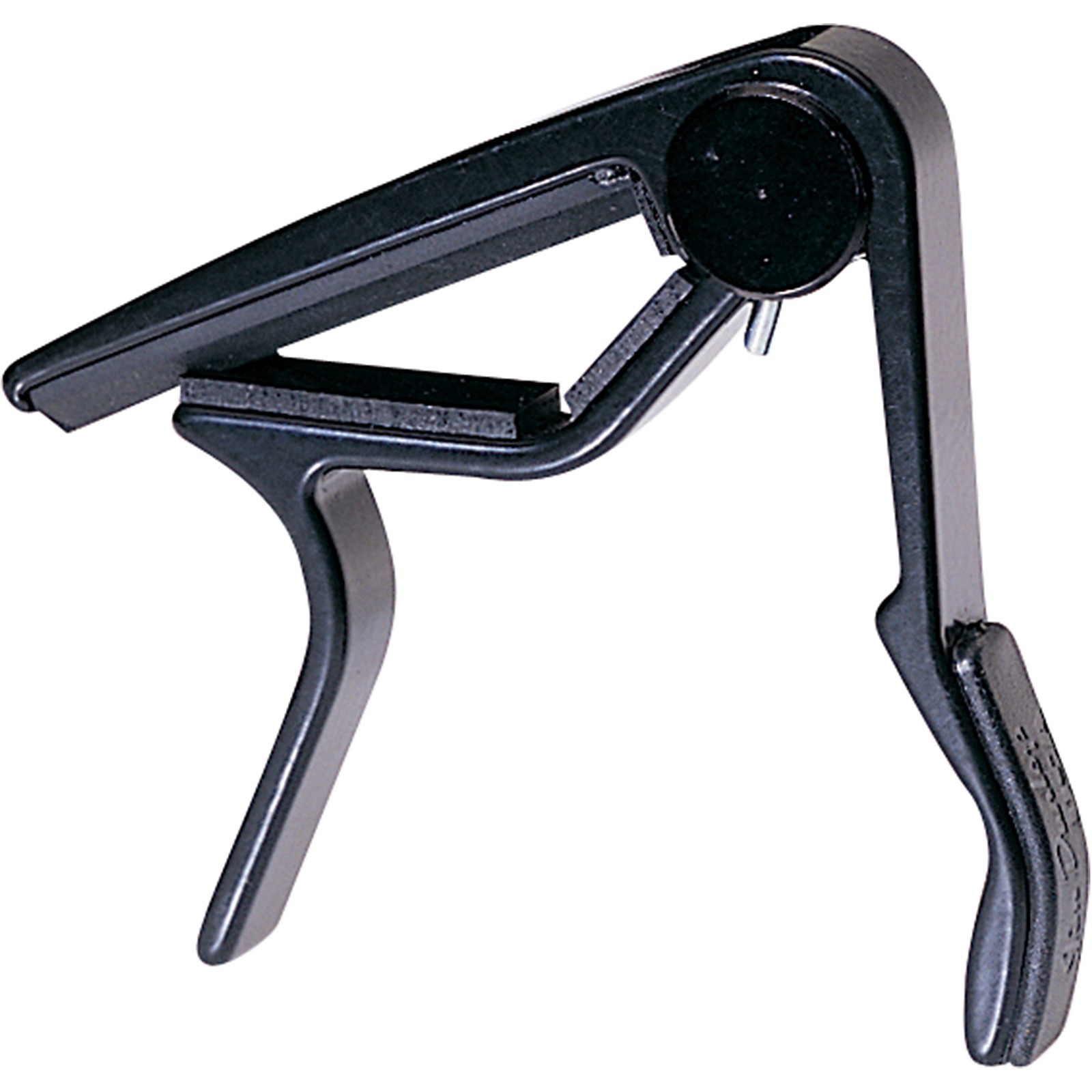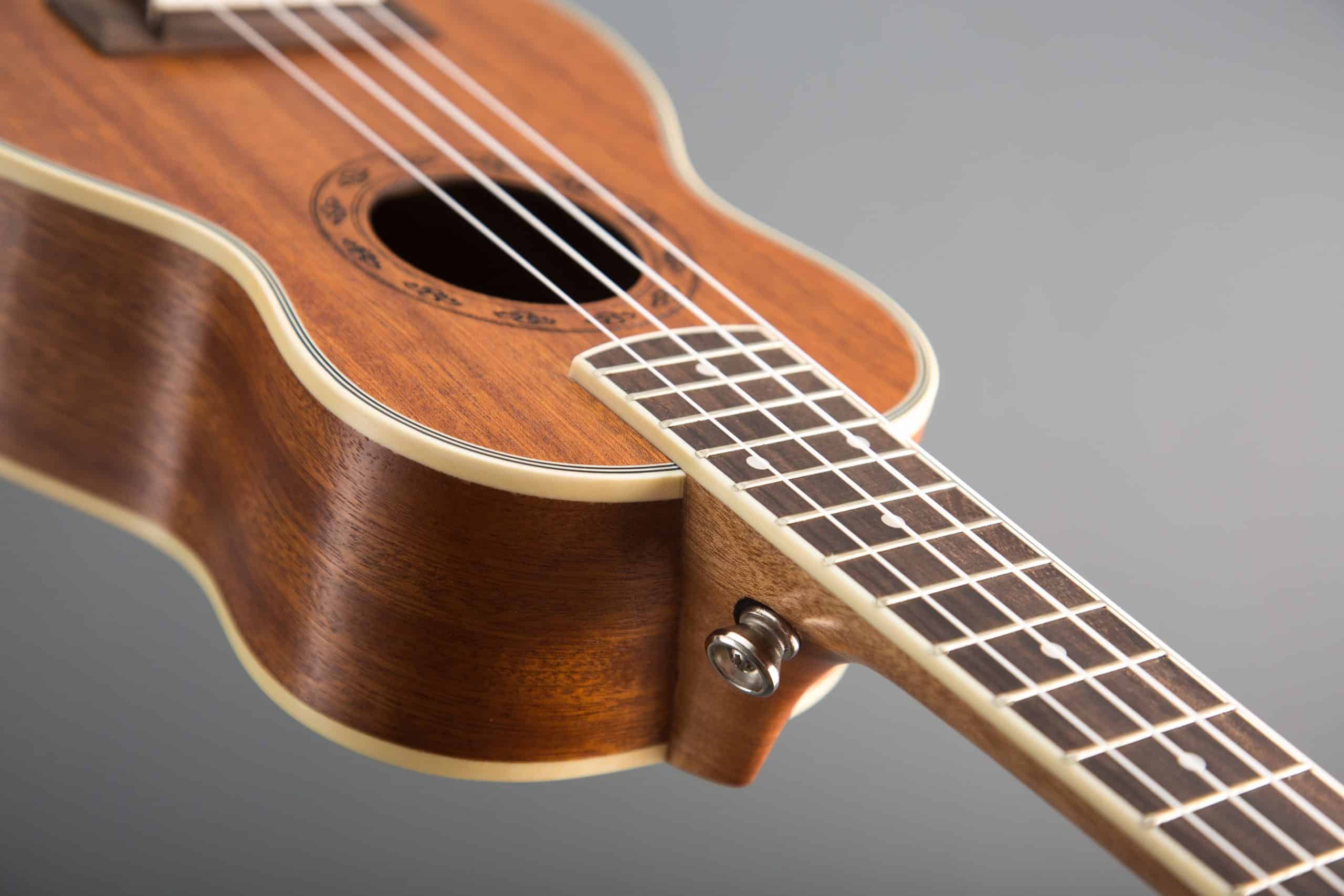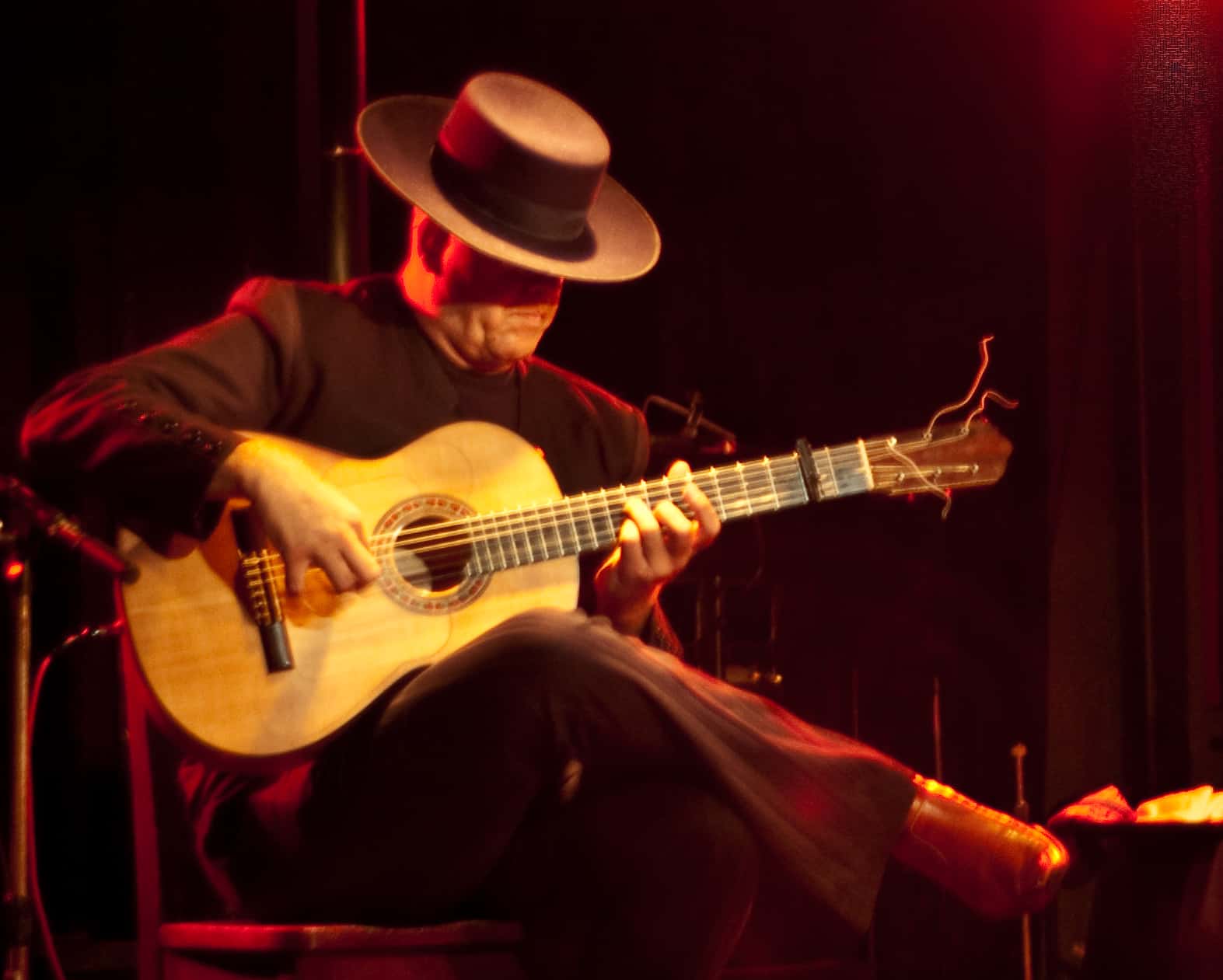
Pick one that matches the neck of your guitar. While choosing a capo for your guitar, get one that mirrors the width and curvature of the fretboard. It shouldn’t be too tight that the strings get sharply pulled back as it might break them.ģ. This means that all open strings must ring clearly.

Then, you must make sure that all the strings on the guitar are tight enough. First, you need to clamp the capo close to the fret that you desire as much as possible with just the appropriate amount of pressure that will eliminate buzzing from strings in motion.Ģ.

You can follow these simple steps to set it up:ġ. Capos can also be used on other instruments such as mandolas, mandolins, ukuleles, banjos, and bouzoukis. Guitar capos save you the need to tune another key from scratch when you need to play at a higher pitch. Some musicians also use partial capos to vary sections of bassline or melodies in a music piece. You can simply clamp them in one place at the most appropriate fret. The main idea behind capos is to eliminate the extra labor of playing barre chords high up the neck. The placement also affects the intensity of the sound produced. Guitar capo will always make your strings generate a higher pitch than they normally do. They are applied to increase the tension on the strings so it can reflect on the tone pitch they produce when strung.

Guitar capos are small devices that are strap-like to clamp down across the fingerboard of the guitar for pressure. Since the 1600s, you can see the greatest of the musicians using capos. Here’s a comprehensive guide that’ll help you get to the best guitar capos in 2021.


 0 kommentar(er)
0 kommentar(er)
